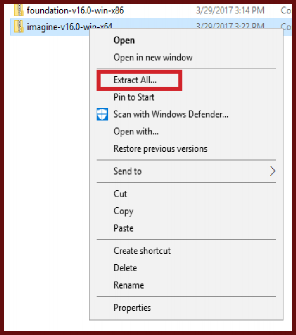

Each signature corresponds to a GIS class that is created from the signatures with a classification decision rule. The signature is used in the classification process. img file with all your clipped images included.Ī signature is a set of statistics that is created when clustering and defines a training sample or cluster.

Click EDIT and ADD IMAGE or use the button.Once you have all your clipped images, you will want to put them back together for your unsupervised classification. Here is one method to (MOSAIC) multiple Images (individual blocks) together. img file that contains the area, layers, and data type you selected. Fill out the options selecting the image input and output, and click on FROM INQUIRE BOX button.Click the DATAPREP button, and select SUBSET IMAGE.Move the box and enlarge it include the area you want to clip.Click on UTILITY and select INQUIRE BOX.Start with the image you want to clip in a viewer.The method that I have used and found to work the fastest is the following: ¨ There are multiple ways to clip (SUBSET) an image, many of them use the subset command. Then click inside the viewer with your image. Then select feature > view > linked cursors and click link. From the signature editor dialogue choose feature > view >select viewer. You may choose from a list of band pairs at the bottom of the window under feature space layers. In the window titled create feature space images you must input the image you want to evaluate and click output to viewer. This can only be done in a two dimensional histogram, but theoretically our data has 6 dimensions of spectral space. This allows the user to create a scatterplot where the data file values of one band have been plotted against the data file values of another band. This function can be found in classifier > signature editor under feature. It will also state the DN values of the linked pixels.Įxamining spectral space: One method in ERDAS of exploring spectral properties is by creating feature space layers. This will allow you to examine the same pixel in both viewers. From either viewer click on the inquire curser (the big + sign icon). Zoom in and out and note the relationship between the two images. Right click in either viewer and geolink/unlink. Linking Viewers: To enhance your interpretation of the image, ERDAS allows you to geographically link two images.surface profile: draw a box over the area of interest and see a 3-D view of the DN values for this space one band at a time. spatial profiles: draw a line through different surface materials and examine the change in DN value for one band at a time through this space. spectral profiles: place one or more points on the image to examine the DN values for the pixel in each band.


 0 kommentar(er)
0 kommentar(er)
